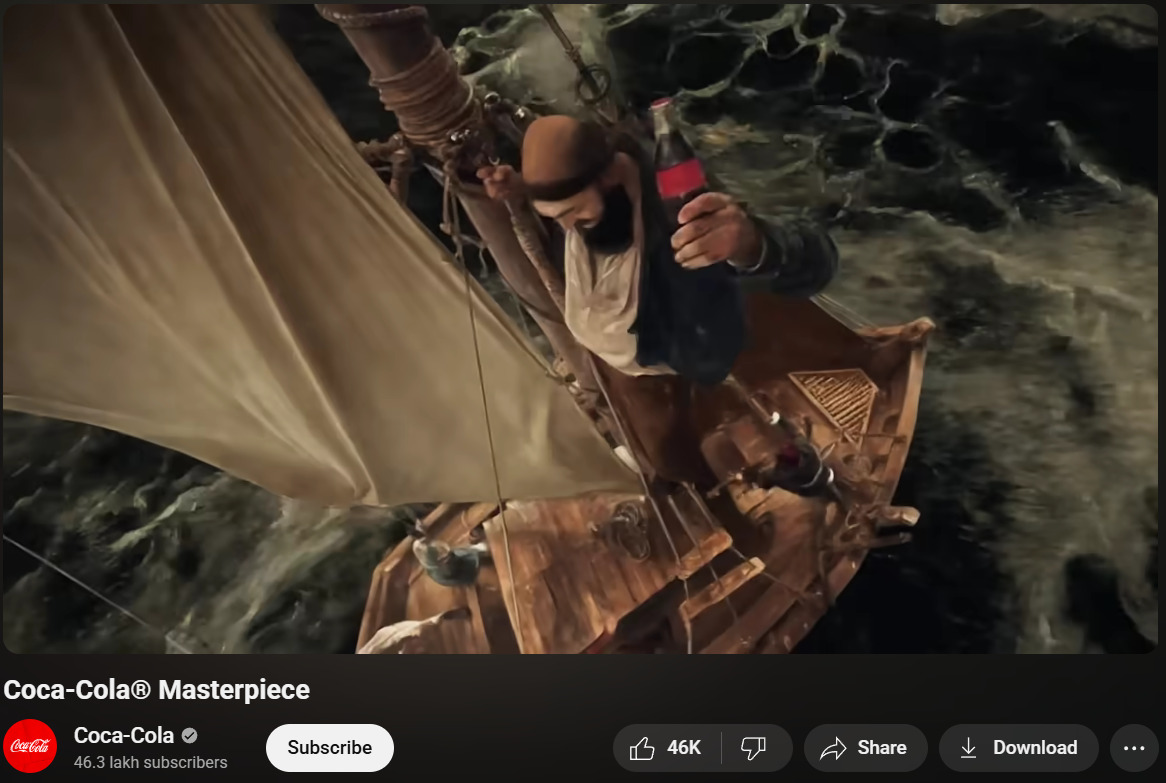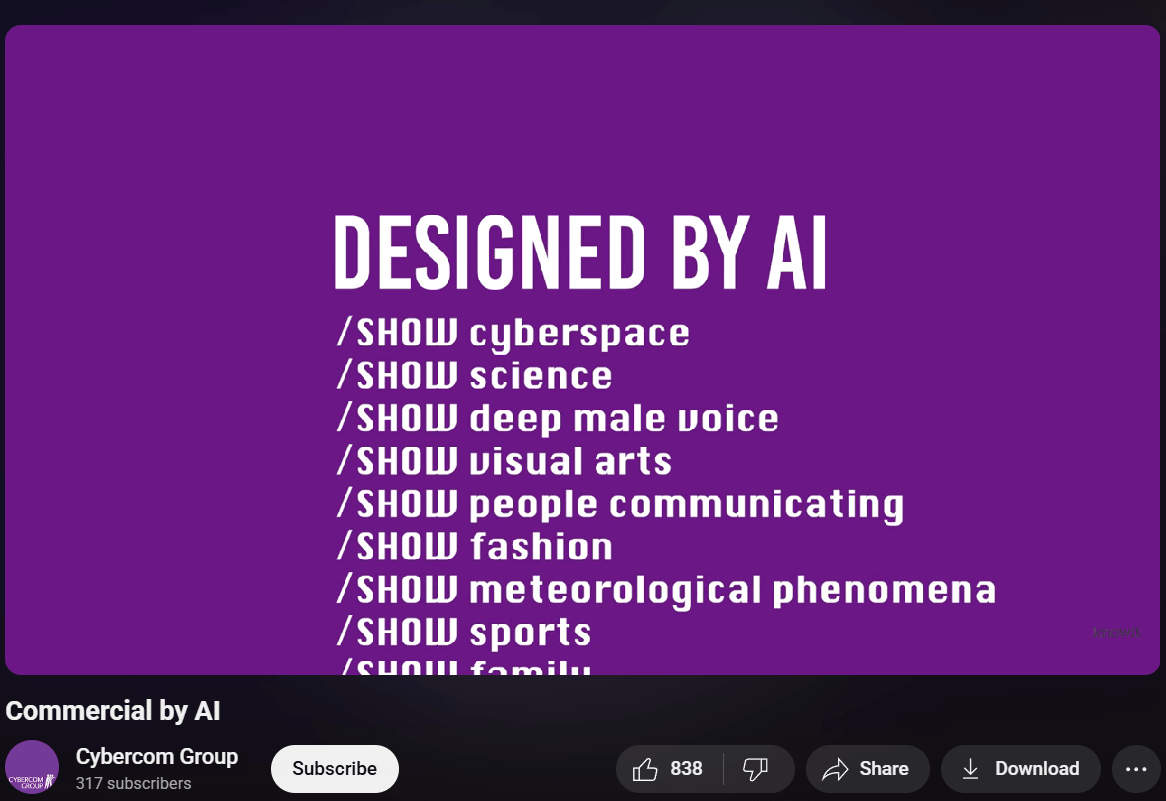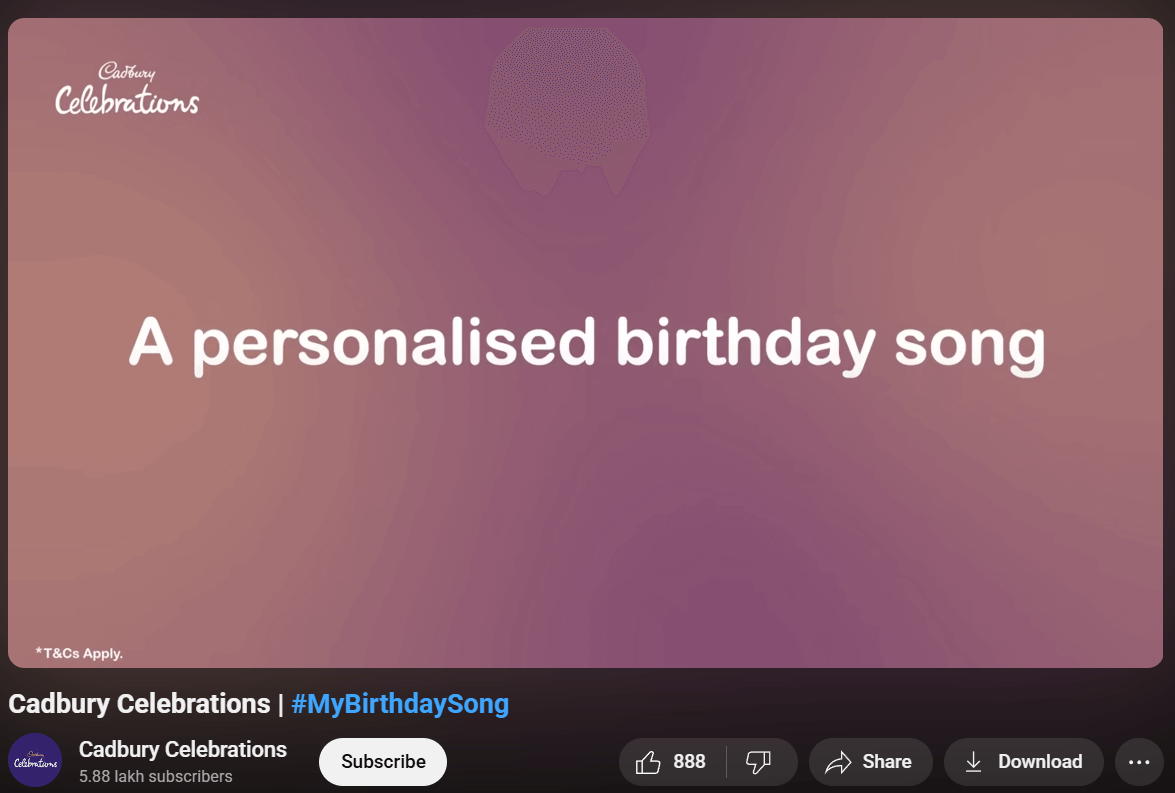Blog > Technology
How to Use AI Videos for Paid Advertising (Facebook, TikTok, Google Ads)
Posted on date: 27 July, 2025
Ads have always been a tough game to crack. Over the years, marketers have tried everything from static images to long-form videos. But today, short-form video is what delivers results.
With attention spans shrinking, quick, engaging videos are one of the few formats that consistently capture interest and drive results.
But performance doesn't come from just any video. It takes the right script, visuals, text, transitions, and pacing. And building that kind of creative usually means more time, people, and budget.
That's where AI videos can help businesses.
In this blog, we'll show you how to use AI to create short-form videos for paid ads.
Why Use AI Videos for Paid Advertising
Here's why you should use AI videos for paid advertising:
- Faster Creative Turnaround: Traditional video production can take days or even weeks. With AI, you can go from script to final cut in under an hour, ideal for fast-moving campaigns.
- Cost-Effective Content Production: AI eliminates the need for production crews, editing software, and outsourcing. It automates resource-heavy tasks, significantly lowering the cost of video creation.
- Easy A/B Testing with Multiple Variations: You can instantly create multiple versions of the same video with different hooks, CTAs, or visuals, making it easier to test what performs best and scale what works.
- Personalized Ads at Scale: AI can help you target different audiences with tailored videos based on location, behavior, or product interest, without manually creating each one.
- Better Engagement on Visual-First Platforms: Platforms like TikTok, Instagram, and YouTube prioritize video content that's dynamic and relevant. AI helps you consistently create platform-native content that drives higher engagement.
Choosing the Right Platform: Facebook, TikTok, or Google Ads
Here's a quick breakdown to help you pick the right platform for your next video ad campaign.
Platform-Specific Audience Behavior
TikTok users expect fast-paced, authentic content. Facebook audiences respond well to both emotional storytelling and promotional offers. Google Ads, especially YouTube, attracts more intent-driven viewers who are often in "search" or "solve" mode. Your video strategy should match the mindset of each audience.
Format Differences
TikTok favors 15–30 second vertical videos with quick hooks and native-style editing. Facebook supports a wider range, like stories, reels, and in-feed ads, so you can test both short and slightly longer formats. On Google (YouTube), skippable in-stream ads typically work best when the core message lands within the first 5 seconds.
Placement Opportunities (Feed, Stories, Search, Display)
TikTok offers full-screen in-feed ads designed to blend in with organic content. Facebook and Instagram allow for multiple placements, including feed, Stories, Reels, and Messenger, giving you more testing options. Google Ads extends across YouTube ads, search results, and the display network, making it suitable for both broad awareness and targeted conversion campaigns.
Best Types of AI Videos for Paid Ads
Here are some of the best types of AI videos for paid ads:
1. Product Demo Snippets
These videos give a quick visual walkthrough of how your product works. They're perfect for showing key features or functionality in action, helping users understand the value without needing to read a thing. Ideal for mid-to-bottom funnel ads where clarity drives conversions.
2. Explainer/Educational Mini-Clips
Short clips that break down a concept, process, or pain point. These work well for products or services that need a bit of context before selling. Great for top-of-funnel awareness or nurturing cold audiences by offering value first.
3. Customer Testimonial Videos
These showcase real users sharing their experience with your product or service. Testimonials build trust quickly and work well in retargeting campaigns, where social proof can help push hesitant prospects to take action.
4. Before-and-After Visuals
These videos highlight the transformation your product delivers by showing the "before" and "after" side by side. This format is highly visual and effective in industries like beauty, fitness, home improvement, or software tools.
5. Offer-Driven Announcement Videos
Focused on promoting a specific deal, discount, or time-limited offer. These videos are designed for urgency and action, making them a strong fit for bottom-of-funnel ads and remarketing campaigns that aim to convert warm leads.
How to Create AI Videos for Ads with Videomagic
Here's how you can create AI videos for Ads using Videomagic:
1. Upload or Link Your Script/Content
Begin by uploading your prepared script or linking to existing content such as blog posts or product descriptions. This provides the raw material the AI will use to generate your video.
2. Choose Visual Themes or Templates
Browse through Videomagic's library of customizable themes and templates. Select one that aligns with your brand identity and the message you want to convey.
3. Auto-Generate Captions and Scenes
The AI automatically breaks your script into logical scenes and generates captions to make your video more engaging and accessible, saving you time on manual editing.
4. Customize Branding Elements
After the video is generated, customise it by adjusting brand colors, adding logos, and modifying fonts to keep your branding consistent.
5. Export in Ad-Ready Formats and Aspect Ratios
Finalize your video by exporting it in multiple formats and aspect ratios optimized for platforms like Facebook, TikTok, and Google Ads, ensuring seamless integration into your campaigns.
Ad Creative Best Practices for AI Video
Here are some best practices to make your AI video ads more effective:
1. Hook the Viewer in First 3 Seconds
Capture attention from the start with a strong visual or thought-provoking question. Avoid slow intros and lead with your key message or most engaging moment to stop viewers from scrolling past.
2. Use Bold Captions and Clear CTAs
Add bold, easy-to-read captions to make your message accessible even without sound. Combine this with a direct call to action, like "Shop Now" or "Learn More," to guide viewers on what to do next.
3. Keep Videos Short and Mobile-Friendly
Aim for 15 to 30 seconds max. Shorter videos perform better on mobile devices and fit naturally into social feeds, increasing the chance that viewers will watch them to the end.
4. Include Value Proposition Early
Don't wait to explain why your product or service matters. Put the main benefit or solution in the first few seconds so viewers instantly understand why they should care.
5. Tailor Videos Per Platform
Adjust your video's format and style to each platform. Use vertical videos for TikTok and Stories, and square videos for Instagram and Facebook feeds. Ensure your visuals and messaging align with the platform's tone and user behavior.
A/B Testing and Optimization Using AI Videos
Here's how you can do A/B testing and optimization using AI videos:
- Generate Variations Quickly with AI: Use AI to automatically produce multiple versions of your video ads, changing text, visuals, and audio without starting from scratch each time.
- Test Different Hooks, Voiceovers, Visuals: Experiment by swapping opening lines, voiceovers, and visual styles to discover which combinations capture attention and drive results.
- Monitor Performance by Platform: Track key metrics like engagement and conversions on each platform to see which video versions perform best where.
- Iterate Based on Engagement and Conversion Metrics: Use data like watch time, click-through rates, and conversions to refine your videos and improve results over time.
Real-World Use Cases: AI Video Ads in Action
Here are some real-world examples showing how brands use AI-generated videos to improve their ad campaigns:
1. Coca-Cola

Coca-Cola used generative AI to create the "Masterpiece" campaign, combining AI-generated art with live-action video. This approach helped them to produce unique, visually rich ads that stood out and engaged audiences in new ways.
2. Cybercom

Cybercom fed their existing video content into an AI system, which then reimagined and created new videos from that material. This approach gave them fresh, creative perspectives without starting from scratch, helping them communicate their brand in a new, innovative way.
3. Cadbury

Cadbury leveraged AI video generators to personalize birthday song videos. Users could customize lyrics with personal details, and the AI created thousands of unique videos quickly, increasing emotional connection and customer engagement.
Why Videomagic Is Built for Paid Ad Creatives
Here's why Videomagic stands out as the best AI video generator for ad creatives:
- Instant Video Generation from Campaign Copy: Upload your campaign scripts or content easily, whether it's a document, link, PDF, or PowerPoint. Videomagic uses this input to automatically generate compelling videos, saving you hours of manual work.
- Format-Optimized for All Major Ad Channels: Your videos are automatically adjusted to fit the specifications of Facebook, TikTok, Google Ads, and other key platforms, ensuring the best viewer experience everywhere.
- Scalable for Teams Running Multiple Campaigns: Whether managing a few ads or large campaigns, Videomagic supports fast, high-volume video production to keep your workflow smooth and efficient.
- Reduces Production Bottlenecks for Performance Marketing Teams: By automating video creation, it removes delays caused by shoots or manual edits, allowing marketing teams to launch campaigns faster and frequently.
Conclusion
AI videos bring speed, scale, and efficiency to paid campaigns by removing traditional barriers to video production. They enable marketers to create high-quality, engaging content faster and at a lower cost.
With tools like Videomagic, anyone can launch high-performing ads quickly and easily, making video advertising accessible and scalable for all teams.